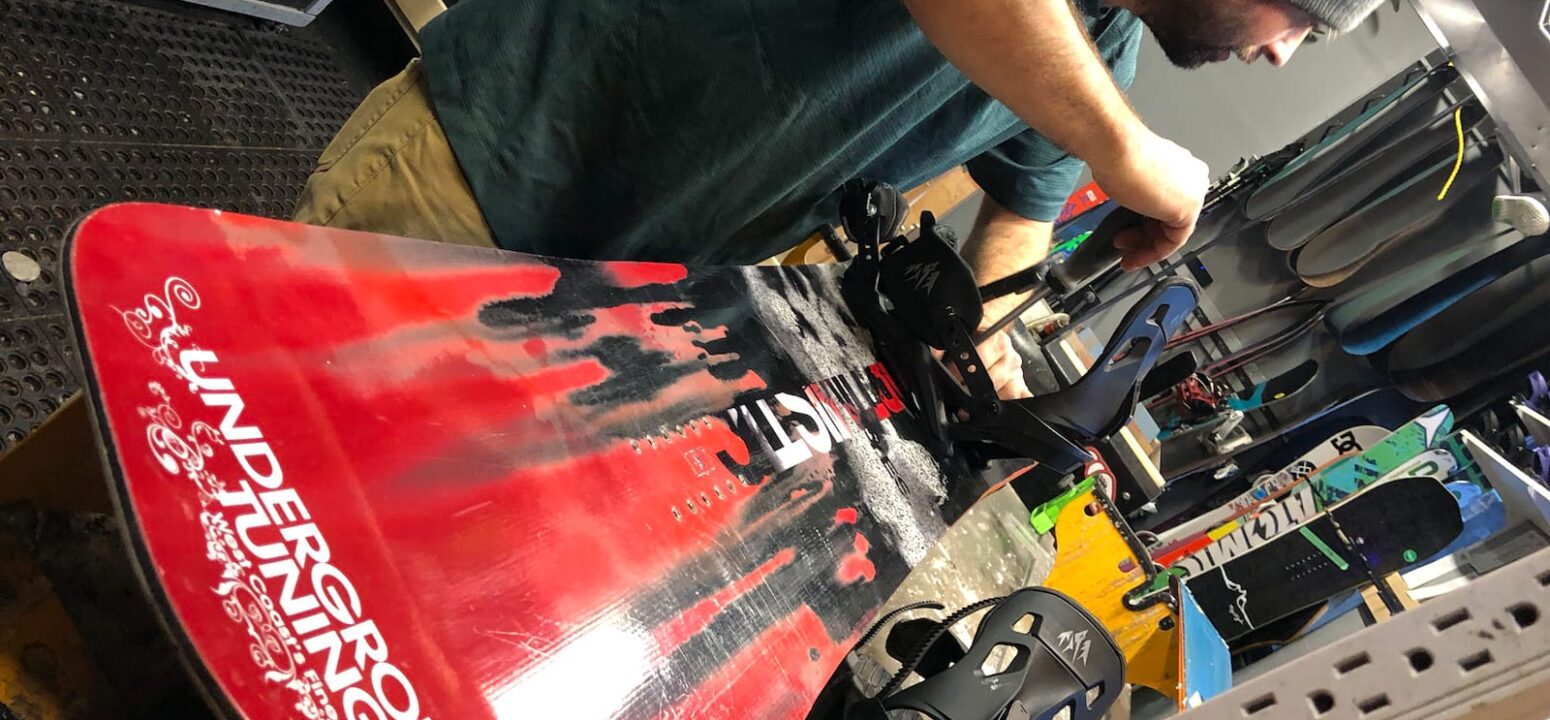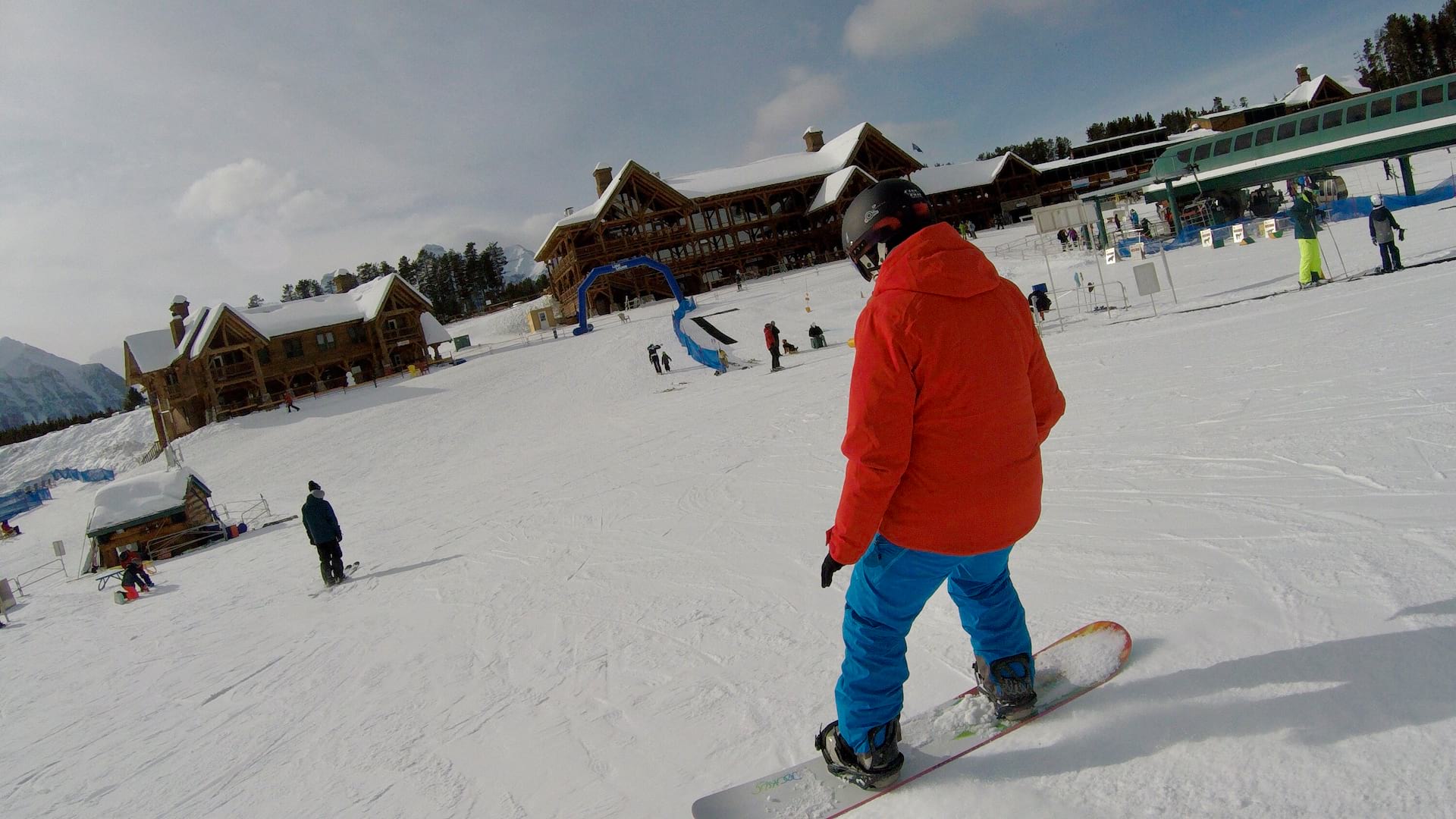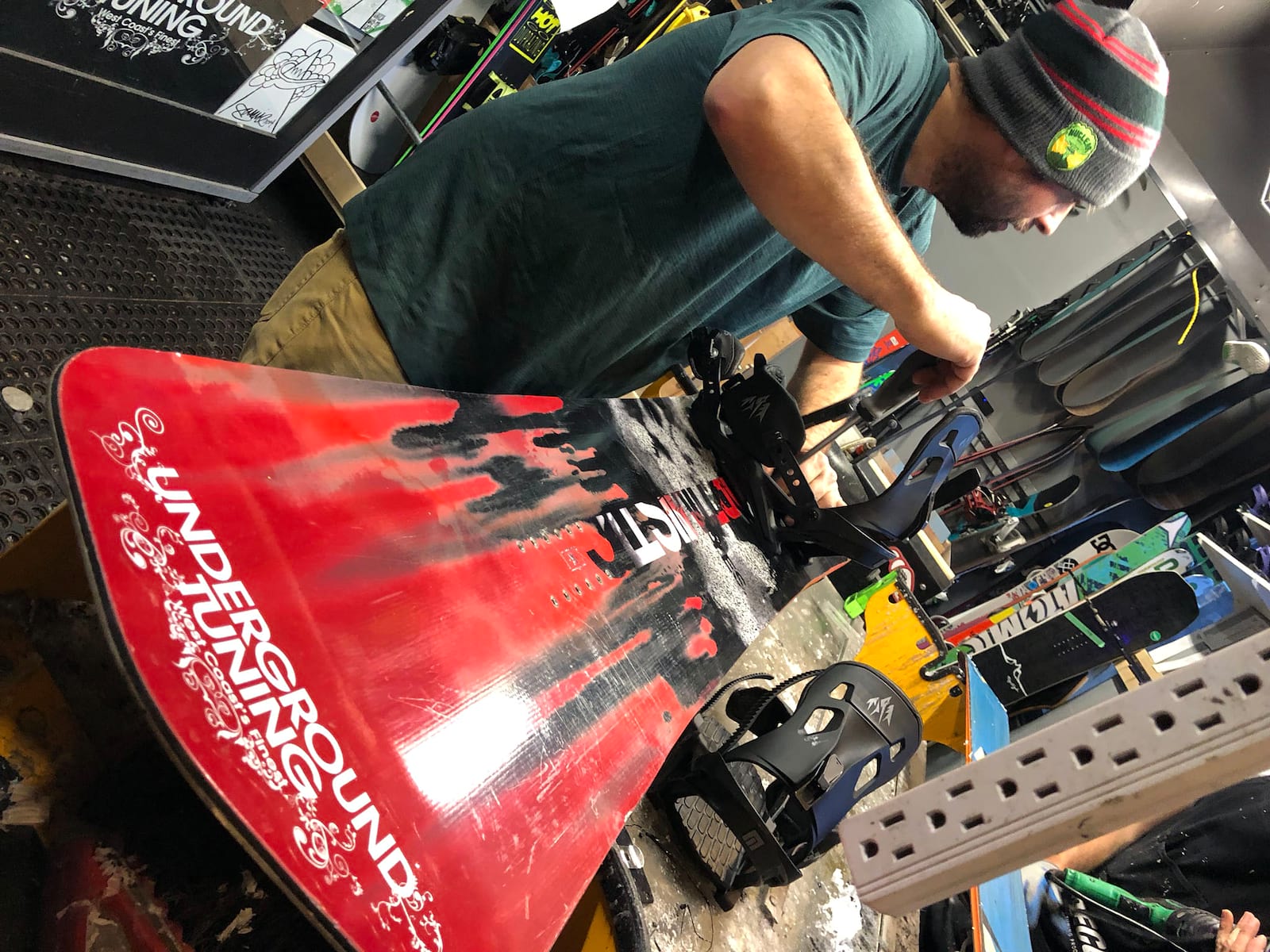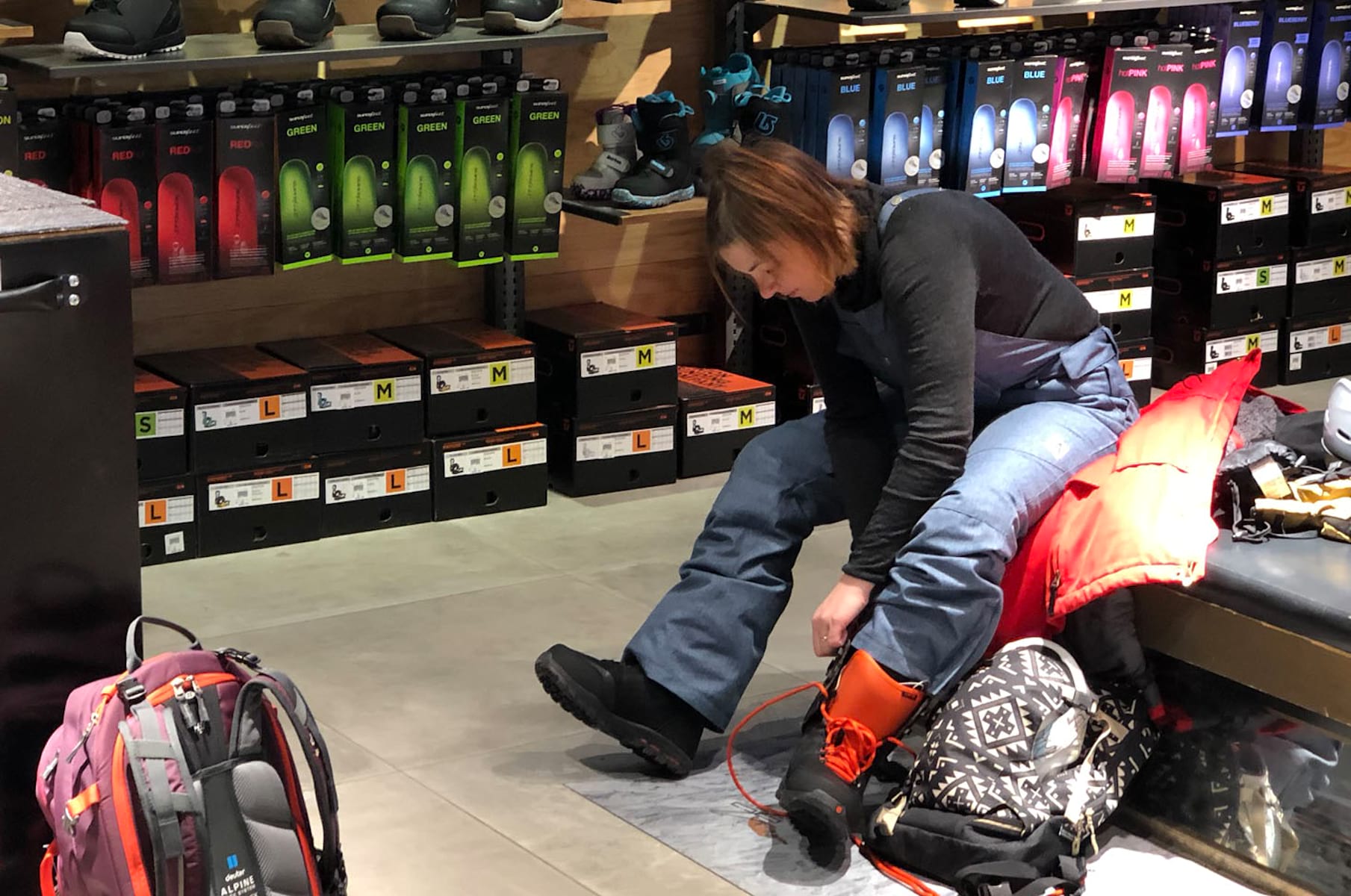Like most of us you only get to hit the slopes once or twice a year for a week or two, which throws up the dilemma of do you go to the trouble of buying your own snowboard, skis and boots or do you travel light and use the resort rental options? Like all of life’s major issues, there’s no simple answer – but there are some principals that are worth considering that will help you make that choice.
Here’s our guide.
Rent or Buy: Carving up a Conundrum
Once you know your blue runs from your backcountry, your couloirs from your croque-monsieur and your tartiflette from your T-bars, the question might well arise: should I buy my own gear?
It’s more than just a question of ‘can I afford it’, though: whether or not to buy your own gear and how you go about it will depend on where you are in your snowsports progression, where you want to end up, and how often you’re able to get on to the white stuff, among other things.
As with any big investment, it’s worth taking some time to take into account the potential costs and benefits, as well as considering your own situation, and that’s before you even get to the fun bit and step foot inside the shop.
Ride it like a rental
If you’re at the very beginning of your (hopefully upwards) learning curve in the wonderful world of snowsports, then renting equipment simply offers the most cost-effective way by far of getting going on gear that is appropriate to you. Mastering snowplough turns isn’t necessarily the cue to go all-in on next year’s top of the line skis/board. Even if the cost of buying boots, skis/board and poles doesn’t seem daunting (lucky you if that’s the case), at this early point it’s likely best to give yourself the option of trying different setups and sizes as your skill level evolves. You might decide that skiing or boarding isn’t for you, or even jump ship to the dark side (which side that is depends on whether you ask a skier or a boarder).
Learning can take a heavy toll on equipment, so it helps to give yourself some peace of mind by having rented (ideally insured) equipment beneath your boots. While you spend a few years learning the ropes, your money is better off invested in as much quality instruction as you can afford.
“Been there, done that”, you say. You consider yourself an intermediate skier or boarder, you’ve mastered the basics and you manage to get to the slopes for a week or two each year. You might start looking at more specialised kit to suit what you like to do, or it could be that you’re just fed up of waiting in line at the hire shop after a long day travelling. All of these could lead you down the road towards getting set up with your own gear. Both sides of the argument have their pros and cons and neither is right or wrong, but to determine which will work best for you, ask yourself a few questions.
Pricier resorts means pricier rental
The first question is, where exactly are you skiing? Snow is snow, to an extent, but people are going to charge you more or less to take their skis and boards out for a twirl on it, depending on where you are. If you’re habitually headed to the more expensive spots, then the financial argument for buying naturally becomes stronger. Across the pond, well-known names like Aspen and Lake Louise come with a larger price tag attached, and the price of hiring skis/board and boots typically ranges from £150 to £250 for a six-day trip, depending on whether you plump for entry-level or all-singing, all-dancing kit. Head to Whistler, however, and hire can set you back more: around the £350 mark for a high-end setup for your six days, but still starting at around £150 for a basic one.
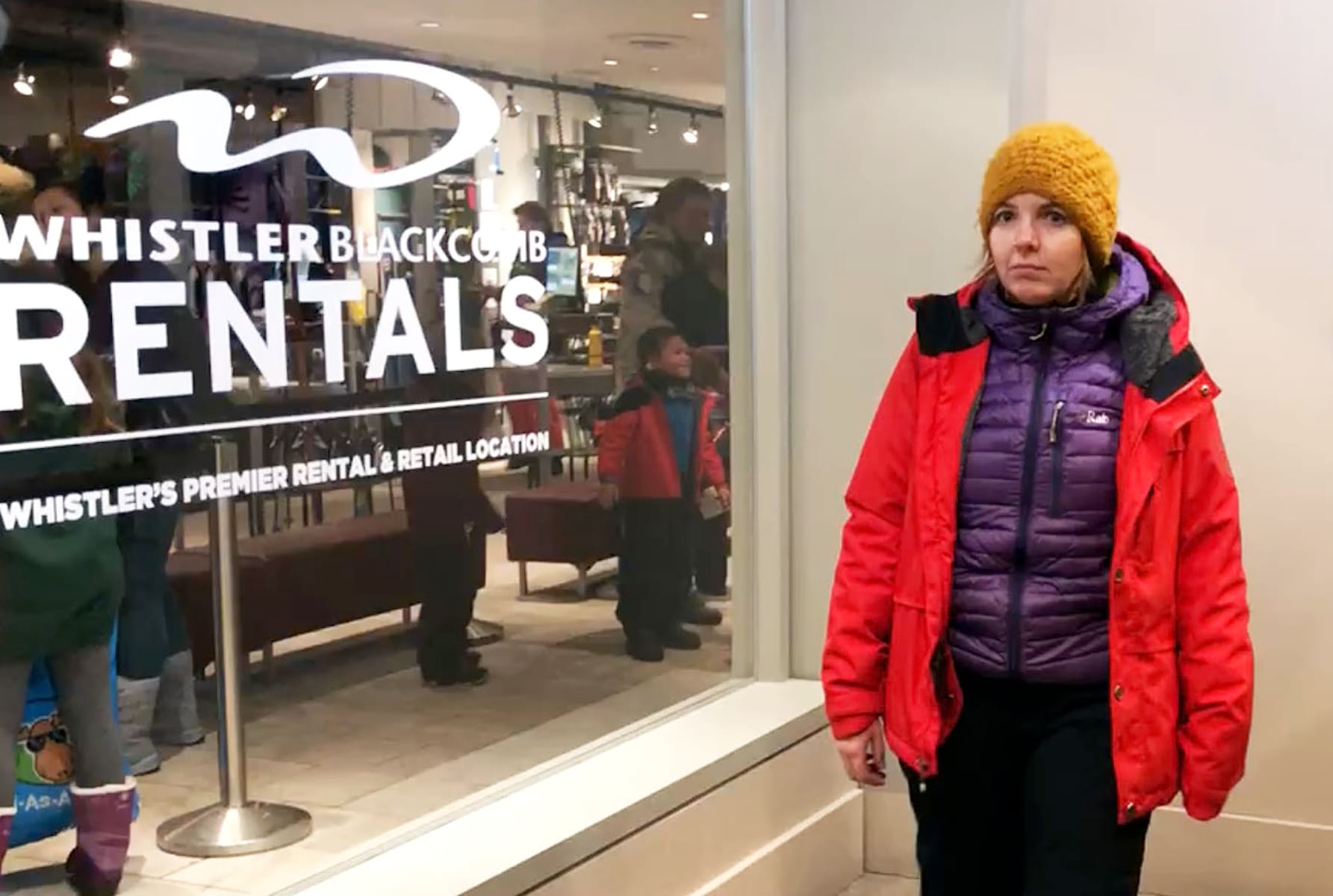
Closer to home, the price of equipment hire still varies, and some destinations will always be pricier than others. In Verbier, for example, hire is, unsurprisingly, a little dearer, starting around £150 for your six days, but more commonly costing £200 to £350. I hear the cheese is lovely, though. Prices in Western Europe do tend to sit a little lower, thankfully, with the £100 to £200 range accommodating a variety of qualities of ski and snowboard setups.
Heading further afield to some more unusual destinations throws up some interesting comparisons. In Bansko, Bulgaria, £150 gets you their more expensive ski setups, while basic ones start at £65 for the week. Kolašin, in Montenegro, sits in a similar price bracket. Of course, the catch of a cheaper hire can be the quality of the equipment, so a quick question to the hire shop might give you an idea of whether a deal is too good to be true. Before you reach for your wallet though, remember that there are other factors involved. Some more expensive services include delivery to your accommodation, beating those hire shop queues, and some will even bring along a few pairs of different boots to make sure that your feet have an enjoyable holiday too.
Read more
Snowsports gear doesn’t always travel for free
The next question is: how are you getting there? If you’re headed to Canada or the US, we’ll assume you’re flying, shall we? Thankfully, the majority of transatlantic services don’t charge extra to carry skis or board, but they will of course count as a piece of checked baggage, assuming that’s included in the price. Where European destinations become more interesting is the cost of flights, if that’s how you choose to travel. Low-cost airlines are hard to ignore, and have made the ski holiday far more affordable, but factor in the fee for carrying sports equipment and the waters become a little muddier. Ryanair, for example, want to part you from £40 each way to take your skis with them, which can feasibly add up to more than the cost of the tickets themselves. Easyjet aren’t far behind them either at £37 each way, either.
This could easily become an analysis of the convoluted baggage fee systems of all European airlines, so suffice to say that the cost of transporting your skis is an inevitable part of owning them, so it’s worth factoring it in to any cost-benefit analysis and it’s certainly a financial downside to the buy-your-own argument.
Just to add a curveball, what if you want to ski on your back door? Scotland has five ski hills (Cairngorm’s funicular woes notwithstanding), and a day’s rental typically costs around £25 per day for a full setup, which is comparable to prices in the Alps, if even a little higher than many European deals. If you’re lucky enough to live nearby, you might well take advantage of the good days when they do come, and get in quite a few day’s skiing over a winter, making hire less cost-effective if you are a regular, especially when transporting your own gear to the hill isn’t going to cost any extra.
Rental gives you freedom
The last question demands a bit of crystal ball gazing, as we ask: in five years’ time will you still be happy with the same gear? Rental has the big short-term advantage of lowering the cost of entry, but there is a long-term advantage too. How often do we save up, buy that bling we’ve been lusting after, only to find out next month that it’s now redundant because ‘insert-company-here’ has just released Bling 2.0? Ski and snowboard technology might not move quite as rapidly as the bike world, for example, but it’s a bonus to have access to current equipment.
Rental also allows you to chop and change when the mood takes you. A big dump of snow in the weeks leading up to your holiday? Go on then, hire those powder skis you’ve always wanted to try. Of course this is possible if you’ve brought your own gear, but you are inevitably ‘locked in’ to the gear that you’ve bought, potentially for several years or more, if you’re to get value for money out of the purchase.
For many of us, a holiday to the slopes is a once a year escape in which to kick back and maximise the enjoyment factor (hence all the cheese), so with that in mind it’s hard not to wonder if peace of mind, reduced-hassle travel and up to date kit outweigh the kudos of having your own gear sitting in a cupboard for the other 350 days of the year.
Make boots your starting point
If, at this point, you find yourself on the fence, remember that there’s no need to jump all the way in one go. If you’re a regular skier or boarder, the best value piece of kit by a country mile is your boots. They are your contact between man and, err, machine, and unless your feet are inclined to grow or shrink suddenly, investing in your own well-fitted pair is likely to be a good long-term move that ensures a little money saved on hire and a big improvement in comfort.
This isn’t the place to dive into what is a big subject in itself, but whatever you do don’t buy blind — get yourself down to a shop that offers a boot fitting service and advice, and make sure you’re not buying the podiatric equivalent of an iron maiden.
Just tell it to me straight
There’s a lot to consider there, so let’s boil it down to some top take-away tips:
- While you’re starting out, rental gear is an easy winner. It’s cheaper, cuts the cost of transport, and lets you try new setups from one trip to the next.
- Be wary of super cheap rental deals, the kit isn’t necessarily in the best condition or up to date (although this needn’t necessarily bother you while starting out).
- A bit of maths will tell you whether renting or buying is cheaper in the long run, depending on your preferred destination. Remember, typical prices can vary between resorts.
- The price of your own gear doesn’t end at the shop till. Remember to factor in the cost of transport, as well as servicing to get the most from it.
- If you are considering buying your own, keep boots at the top of your list.
What’s your story of renting and buying gear? Share your own tips in the comments below.
